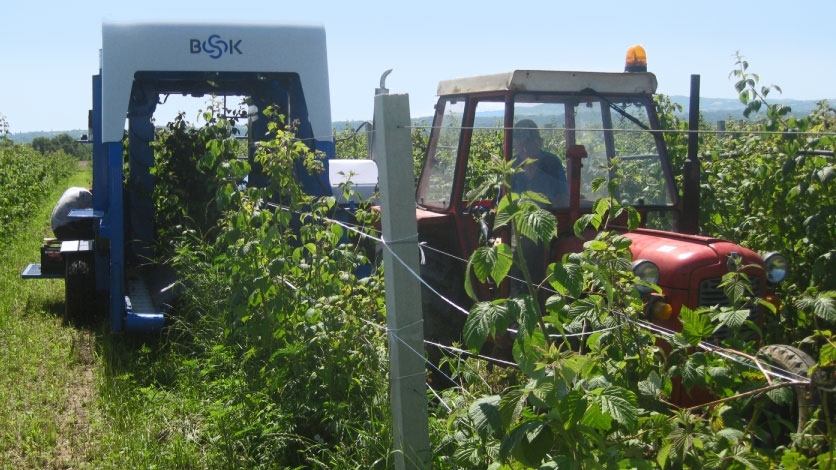This note, Rebalancing Serbia’s Economy: Improving Competitiveness, Strengthening the Private Sector and Creating Jobs, offers in-depth analysis of key areas where Serbia has a distinct comparative advantage and provides concrete recommendations on how the country can better exploit these advantages. Among those areas that need particular attention to stimulate growth, one stands out above all the others, according to the note: exports.
Although Serbia maintains a strong comparative advantage in ICT services, transport services, and food production the country is not exploiting these advantages and continues to lag regional competitors. Food production represents the largest subsector of manufacturing and accounts for nearly 20% of employment in this sector, while ICT services comprise about half of services exports.
These segments of the Serbian economy represent solid areas of growth - with ICT showcasing the country’s ability to expand in an area of modern business through the promotion of innovation and productivity, while food production – an area that has been largely privatized - highlights the potential of increasing the role of the private sector in boosting Serbia’s economy.
These sectors, however, continue to underperform.
In light of this underperformance, this new policy note looks at key constraints impeding economic competitiveness in the country and offers strategic advice on rebalancing the economy to better exploit areas of economic advantage. Specifically, the note points to the need for significant improvements in the business environment in order to boost private sector investment and improve productivity. Reducing administrative burdens can help make it easier to operate a business, while improving planning and procedures for obtaining construction permits can facilitate investment and expansion in businesses. By simultaneously focusing on expanding exports that are led by the private sector and reducing the size of the public sector – with an aim toward increasing both the number of employees in the formal private sector and the overall contribution of this sector to GDP. Today, just 23% of the working age population has a job in the private sector and only 60% of GDP is derived from this sector.
By taking a broader approach that looks at strategic areas for either reductions or expansions and by focusing on key areas of comparative advantage for different sectors of the Serbian economy, this note offers a strong set of pragmatic recommendations on how the Serbian government can transform the country into a fully-functioning market economy with a vibrant private sector. This diverse approach can help policymakers in the country adopt strategic reforms capable of unlocking more of the potential inherent in Serbia’s economy - igniting more engines capable of powering the country more rapidly into its next phase of development.

